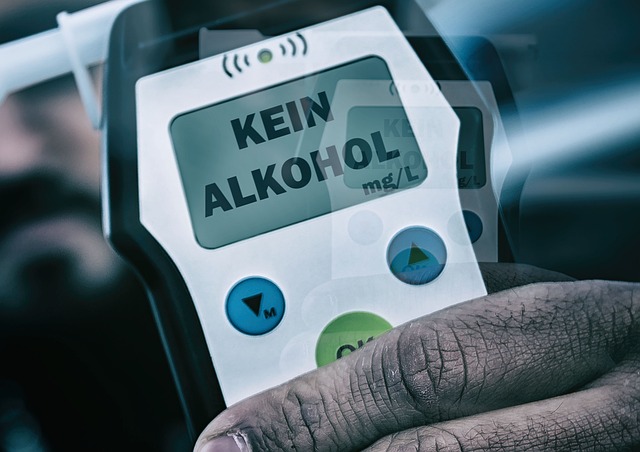Tech solutions for impaired driving, leveraging Advanced Driver-Assistance Systems (ADAS), are revolutionizing road safety by detecting hazards and intervening through features like automatic emergency braking and lane departure warnings. These systems anticipate dangers and promote safe driving habits, addressing human error crucial to enhancing road safety. Tech tools discourage risky behavior, fostering safer choices among drivers and potentially preventing accidents caused by impairment.
In today’s digital era, closing loopholes in safe driving is paramount. This article explores cutting-edge Tech Innovations in Safe Driving, with a focus on addressing human error—a leading cause of accidents. We delve into advanced technology solutions designed to fill critical gaps and enhance road safety. By examining both technical advancements and behavioral changes, we uncover promising tech solutions for impaired driving, paving the way for a future with fewer crashes and more secure journeys.
Tech Innovations in Safe Driving

In the pursuit of safer roads, tech innovations are closing loopholes that have long been exploited by impaired drivers. Modern technology offers a range of solutions aimed at addressing the challenges posed by drunk or distracted driving. One prominent tech solution for impaired driving is the development of advanced driver-assistance systems (ADAS). These systems use sensors and cameras to monitor a vehicle’s surroundings, warning drivers about potential hazards and even intervening in critical situations. Features like automatic emergency braking, lane departure warnings, and adaptive cruise control not only enhance safety but also serve as deterrents for risky behavior.
Moreover, tech solutions for impaired driving extend beyond ADAS. The integration of artificial intelligence (AI) and machine learning algorithms enables more sophisticated predictive analysis, allowing vehicles to anticipate potential dangers before they occur. Additionally, in-vehicle infotainment systems now include features that promote safe driving habits by limiting certain functions when a driver is estimated to be impaired or distracted. These tech innovations not only contribute to closing gaps in road safety but also set the stage for an even more proactive and secure future of motoring.
Addressing Human Error and Technology Gaps

Addressing human error is a critical component of closing gaps in road safety, especially regarding impaired driving. While technology plays a vital role in enhancing safety measures, it’s equally important to acknowledge and mitigate human factors. Many accidents attributed to impairment could be prevented with better judgment and awareness. Tech solutions for impaired driving can help bridge these gaps by offering innovative tools that detect and discourage risky behavior.
Advanced driver-assistance systems (ADAS) are transforming the way we approach road safety. These technologies employ sensors, cameras, and radar to monitor driving patterns, detecting signs of impairment through unusual behavior such as erratic steering or slowed reaction times. Integrating these tech solutions into vehicles can serve as a powerful deterrent, promoting safer choices among drivers.
As we’ve explored, closing loopholes in driving safety is a multifaceted challenge. While tech innovations like advanced driver-assistance systems (ADAS) play a crucial role in mitigating impaired driving by addressing human error, there’s still work to be done. Bridging the gaps between technology and real-world implementation requires ongoing research, stricter regulations, and public awareness campaigns. Embracing tech solutions for impaired driving isn’t just about enhancing safety; it’s about fostering a culture of responsible mobility for everyone on the road.






